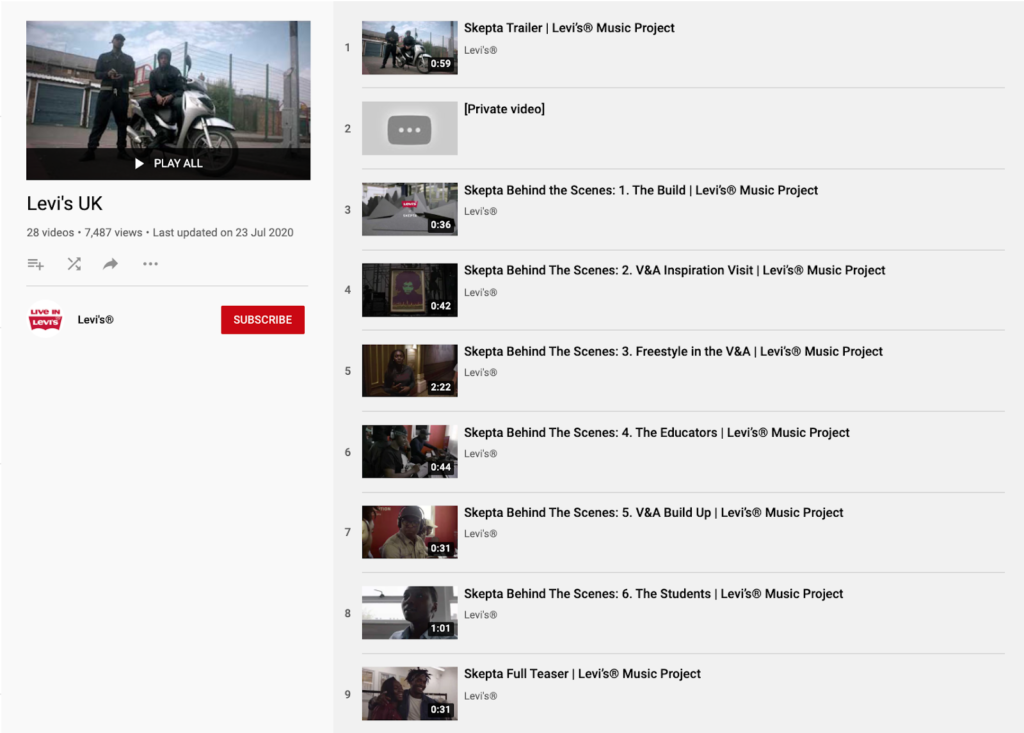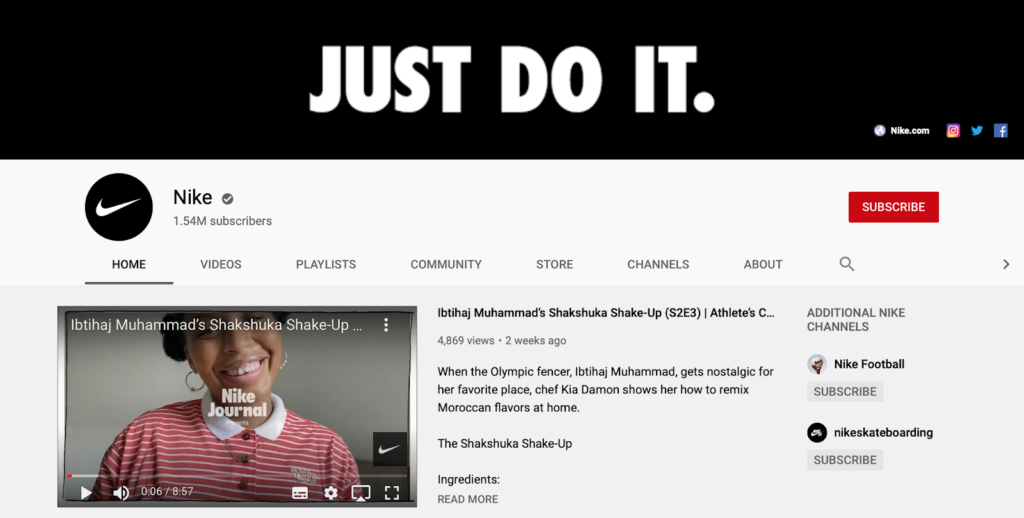Introduction
When it comes to social media channels, sometimes less is more. Creating content for social media can already be such a time intensive process, that it often does not make sense to be duplicating this across different global audiences. But how do you keep your content both local and relevant?
Consolidation can help you with this, especially across channels like YouTube, where the cost of creating content is often much, much higher. There’s fewer sign-off stages, fewer costs and less resourcing required. But how do you consolidate your videos? And is it even right for your brand?
Why should I consolidate my channels?
There are a number of reasons why we’d recommend consolidating multiple YouTube channels into one global hub:
- Firstly, it can aid with audience building. Additional channels can mean too much scattergun content. With one channel, you can focus your resources on building your audience and engaging your community via the use of branded keywords.
- Secondly, there’s the brand protection element. It’s a bad idea to have three branded YouTube channels showing the same kind of videos, and it’s definitely a bad idea to put the same video across more than one channel. Consolidating your channels can help you rank a lot better in YouTube search, as having one channel allows your team to focus on making high-quality, consistent content aligned with your brand's goals.
- Finally, consolidation can aid ease of navigation. Multiple channels can make content messy and difficult for users to navigate. With consolidation, viewership and subscriber numbers can be concentrated on one channel.
What are my options?
There are two routes that a brand can take when considering consolidation:
One channel, multiple languages
Here, you establish one main YouTube brand channel and upload content to it in multiple languages for multiple countries. With all of your content in one place, your team can focus on deploying all resources on managing this single channel, making it easier to maintain consistent global branding and tone. Audience management, consistency with uploads, and ensured brand equity will also help to aid growth and engagement.
Levi Jeans have taken this approach with their YouTube content. When viewers land on their channel, they are filtered to country specific playlists. Each of these playlists contains video titles, keywords and content in a mixture of English and country-specific languages. For example, the Levi’s Russia playlist contains content in a mixture of English and Russian, with the majority of keywords and titles written in the Cyrillic alphabet to aid search engine optimisation (SEO). Each country-specific playlist features influencers, campaigns and products specific to each region, and includes owned, earned and paid content created by the brand’s regional teams.

One channel, supporting local channels
With this method, you can create a single YouTube brand channel that serves as the main brand hub - here, you can feature global campaigns in the main brand language, while also supporting local channels that target different languages and regions. This allows you to foster a larger global presence while still connecting to local regions.
Nike have multiple YouTube channels that focus on different product ranges and specialisms (e.g. Nike Running and Nike Football). The main Nike YouTube channel acts as a filter to these other ‘expression’ channels, where people can find more specific posts for the activity they’re interested in. This helps to keep a consistently high click-through-rate on each specialist channel, as they feature videos that they know their audience will keep coming back to.

What are the opportunities?
While consolidation can initially feel like a large, time-consuming process, there are definite benefits in implementing these changes. For example, having ‘one channel to rule them all’ means better SEO rankings, as viewers are being funnelled towards one hub. You can further aid in boosting your SEO rankings by ensuring that all of your videos have keywords in their video titles, descriptions and tags; hiring a translator to transcribe all of your content; and creating subtitles in a variety of different languages.
Succeeding on YouTube isn’t just about uploading videos. It’s also about designing your channel to be compelling and useful to your audience, no matter where they're located in the world - this is where playlists can help. YouTube users like playlists, as it makes content easier for them to find. By creating playlists for different countries or specialisms, users can discover the content they want, when they want it.
What are the risks?
We couldn’t discuss the opportunities of a consolidation project without also looking at the risks. The main one to keep in mind here is time. Any project of this nature will require more resources, which inevitably has costs attached - particularly if you're looking to hire freelancers. You need to download all of your videos from any YouTube channels you've shut down and reupload them to your new playlists. You also need to conduct really robust multi-language keyword research (or hire someone to do it for you, wink wink).
Additionally, it will take time to see results of your new approach, both in your Google search engine results pages and video views. Existing views, likes and engagement on videos cannot be consolidated when they’re uploaded to a new channel, so you’re effectively starting from scratch. In order to get these back up to previous levels, viewers should be signposted on social towards where this new content is located. Making audiences aware that you’ve not deleted the content they loved will help to increase brand loyalty, encourage them to stay on the page, and lead to them discovering more videos they may be interested in.
How do I keep my audience engaged?
Making people aware of your content is (relatively) easy. Ensuring that they stay engaged and subscribed is harder. This is where good community management can make all the difference. Once you've consolidated your YouTube channels, community managers should ensure that there's a posting schedule in place with new content uploaded at the same time each week. They should engage with the community, as seeing which videos they respond to (and which ones they don’t) can have a significant impact upon the success of your YouTube account. Videos need to be checked regularly and relevant comments should be responded to - even if they’re not in English. Best of all, community managers can identify User Generated Content and repost it, helping to spread the brand love.
All in all, consolidation is a great way to kickstart your brand’s YouTube presence and can ensure that you create thumb-stopping content your audience will return to again and again.


